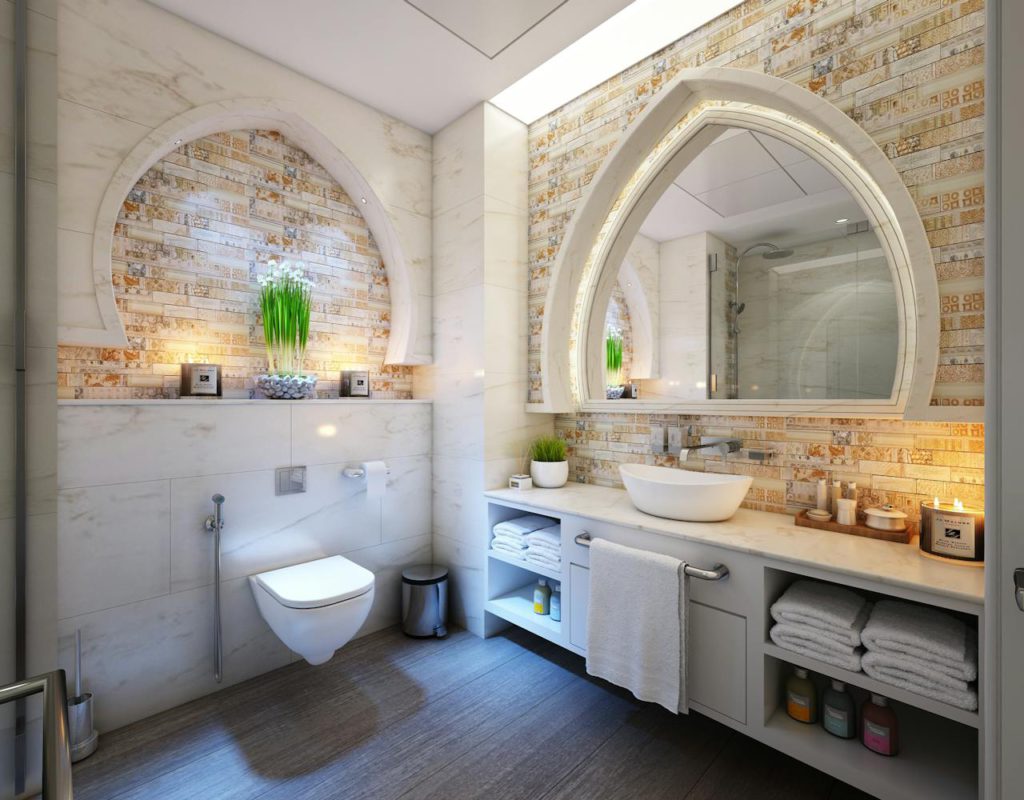Building your own home is a dream for many individuals and families. It allows you to create a living space that ideally suits your preferences and needs. While the exterior design and construction phases are critical, the interior design plays a pivotal role in turning a house into a home. However, interior design projects have unique challenges that can test your creativity, patience, and budget. In this article, we’ll explore common obstacles faced when building your home interior designs and offer strategies to overcome them.

1. Budget Constraints
One of the most significant challenges in interior design is sticking to a budget. It’s easy to get carried away with luxurious furnishings and decor, but overspending can lead to financial stress. To overcome this obstacle:
– Set a realistic budget and prioritize your spending on essential items.
– Research and shop around for deals, discounts, and cost-effective alternatives.
– Consider DIY projects for personalized decor without breaking the bank.
– Consider cost-effective alternatives for fixtures like a bathroom shaving cabinet to maintain style and budget-consciousness in your interior design.
– Be flexible and open to making gradual improvements over time as your budget allows.
2. Lack of Expertise
Many homeowners may need a background in interior design, which can make the process daunting. To address this challenge:
– Consult with professional interior designers who can offer guidance and design ideas.
– Utilize online resources, home improvement magazines, and design books to educate yourself about design principles and trends.
– Attend workshops or take online courses to acquire basic design skills.
3. Decision Fatigue
The sheer number of decisions involved in interior design, from colour schemes and furniture choices to lighting and accessories, can lead to decision fatigue. To navigate this challenge:
– Break down the decision-making process into manageable steps and prioritize decisions.
– Create a mood or vision board to visualize your design concepts and streamline choices.
– Seek input from family members or friends to share the decision-making load.
4. Space Limitations
Many homes, especially in urban areas, need more space, making achieving the desired design and functionality challenging. To address space limitations:
– Use vertical space with wall-mounted shelves, storage solutions, and tall cabinets.
– Choose a minimalist design approach to create the illusion of more space.
5. Balancing Aesthetics and Functionality
Balancing aesthetics with functionality is a common dilemma in interior design. While you want your space to look beautiful, it must also serve practical purposes. To strike the right balance:
– Prioritize functionality in high-traffic areas like the kitchen and bathrooms.
– Consider choosing Tapware in Australia, which combines form and function, adding a touch of elegance to your bathroom or kitchen while ensuring reliable and efficient use.
– Invest in durable furniture and materials that can withstand everyday use.
– Seek inspiration from design magazines and professionals to discover solutions that marry style and practicality.
6. Changing Design Trends
Interior design trends evolve, and what’s fashionable today may become outdated in a few years. To overcome the challenge of changing trends:
– Focus on timeless design elements and incorporate trends as accents rather than core components of your decor.
– Choose a neutral colour palette for significant elements and use accessories or removable decor items to introduce trendier elements.
– Consider classic design styles that have stood the test of time, such as minimalism, Scandinavian, or traditional.
7. Personalization
Every homeowner wants their space to reflect their personality and style, which can be challenging when working with pre-designed interiors or standard layouts. To add a personal touch:
– Incorporate personal photographs, artwork, or sentimental items into your decor.
– Customize furniture or decor pieces to reflect your unique preferences.
– Use colour schemes and patterns that resonate with your personality.
8. Time Constraints
Interior design projects can be time-consuming, especially when juggling work, family, and other responsibilities. To manage your time effectively:
– Create a detailed timeline and set achievable milestones for your project.
– Delegate tasks when possible, whether hiring professionals or seeking help from family and friends.
– Be patient and realistic about the time required to complete your interior design project.
Building your own home interior design can be a rewarding but challenging endeavour. Budget constraints, lack of expertise, decision fatigue, space limitations, and changing trends are common obstacles that homeowners face. However, these challenges can be overcome with careful planning, creativity, and the willingness to adapt. Remember that the ultimate goal is to create a living space that looks beautiful, enhances your daily life, and reflects your unique personality and style. Embrace the interior design journey as an opportunity to turn your house into a home you truly love.

